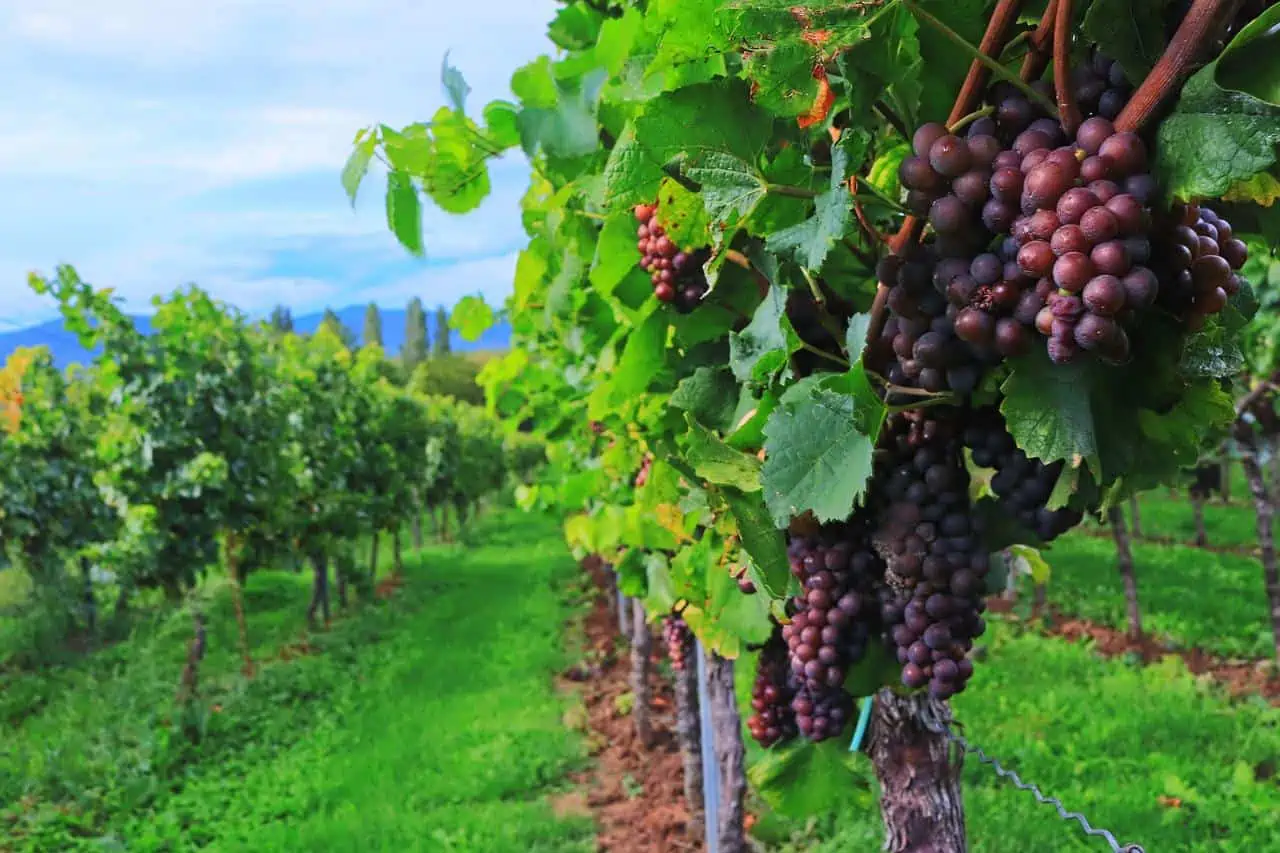Grape Wine Manufacturing Process
Step 1. Harvesting
- Harvesting is an initial and important step in wine making factory.
- Grapes is the only fruit having acids, esters, and tannins (texture element which adds bitterness and astringency to the wine) which is essential for natural wine.
- Harvesting is done with manually or mechanically but many winemakers prefer the manual because mechanical harvesting is tough on the grapes. Once grapes are taken out from the winery they are sorted and rotten.
Step 2. Crushing Grapes
- First of all, pick up the grapes by hand and transfer them to the crusher.
- The crusher punches the grapes and transfers them to a de-juicer to get the pulp from the juice.
- While the skin, the stems, and other remains from the crushing are used as manure then you can send the juice for fermentation.
- Maceration (the time spent while skins and seeds are left with the juice) will go on for a few hours or a few weeks. Pressing will then occur.
- One way to press the grapes is to use a “bladder press,” a large cylindrical container that contains bags that are inflated and deflated several times, each time gently squeezing the grapes until all the juice has run free, leaving behind the rest of the grapes.
- You can also separate solids from juice through the use of a centrifuge.
Step 3. Fermentation
- Chill the grape juice first in a combination of stainless steel tanks and oak barrels and then fermented by adding yeast.
- This process is called the first fermentation of wine and it takes about 8 weeks.
Step 4. Clarifications/Maturation
- Clarification or Maturation is the process in which solids such as dead yeast cells, tannins, and proteins are removed.
- Store the first fermented wine transfer further in stainless steel tanks or oak barrels for 1.5 to 2 months for maturation or Clarification.
Step 5. Aging or Bottling
- Finally after taking test vine maker has two options whether the wine is kept for additional aging or suddenly packed into bottles.
- Once the mature wine is ready, stabilize it through cold treatment. After testing the stability of the wine, then it is filtered to screen the balance of fine particles.
- There are two options whether the wine is kept for additional aging or you can pack the filtered wine in bottles, which are washed internally and externally with double filtered water to remove bacteria and germs.
- Additional aging will produce a smoother, rounder, and more vanilla flavored wine. When wine is exposure into the oxygen while additional aging it will decrease tannin and helps the wine reach its optimal fruitiness.
- The only major required raw material is grapes. And in the grape winemaking business, you must ensure an uninterrupted supply of the raw grapes to your factory.
- Therefore it is important to facilitate and jointly work closely with small scale producers within the community, for sustainable supply of grapes.


